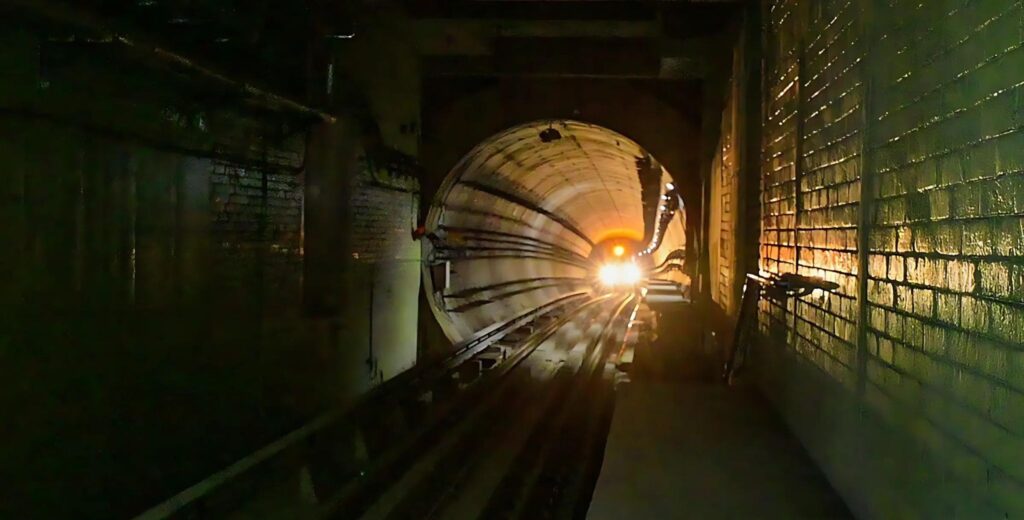The Kolkata Underwater Metro marks a significant milestone in India’s transportation history, being the first to navigate beneath a river.
However, this engineering marvel not only showcases the advancements in Indian infrastructure but also promises to revolutionize the urban commuting experience in Kolkata.
Like any major infrastructure project, the Kolkata underwater metro length line across the Hooghly River carries profound economic and social implications.
Moreover, this article delves into the details of these impacts, examining the transformative potential of this project on the city of Kolkata and its inhabitants.
The Journey of the Kolkata Underwater Metro Project
1. About India’s First Underwater Metro Line
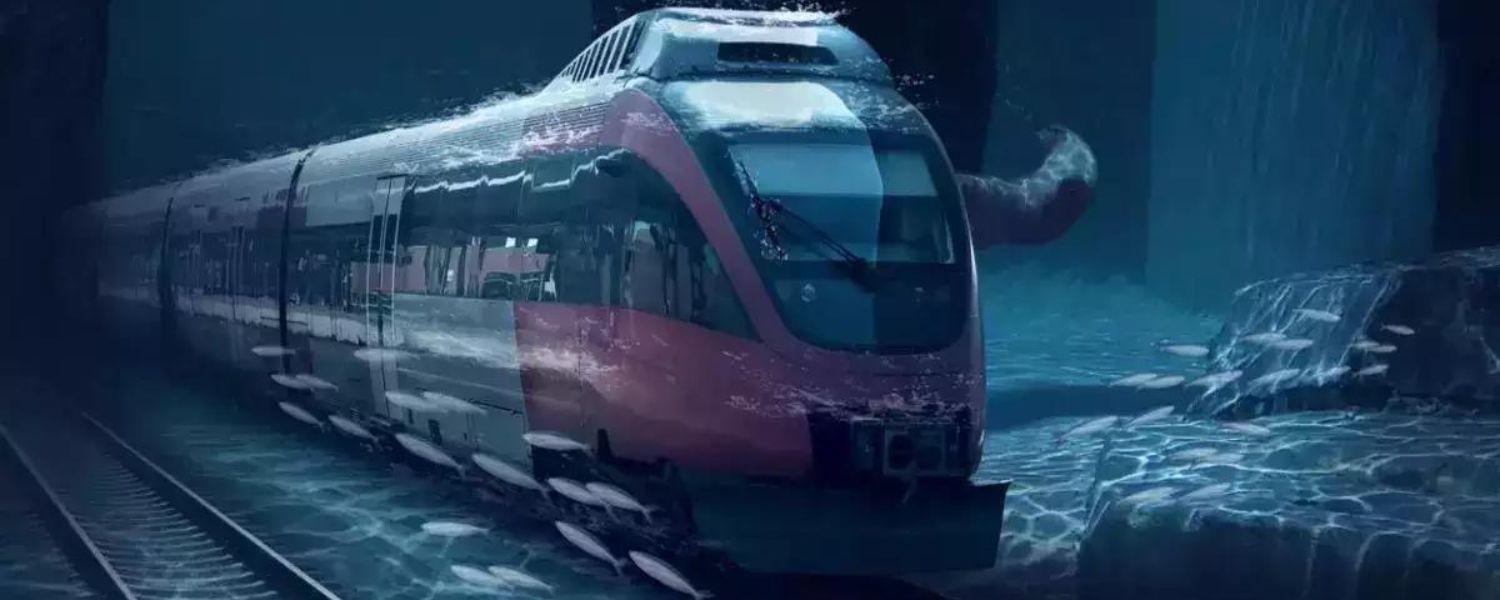
India’s first Kolkata underwater metro line is part of the East-West Metro Corridor in Kolkata. This line spans 16.6 kilometers and includes a 520-meter section underneath the Hooghly River.
Moreover, this pioneering metro segment is designed to enhance connectivity between the eastern and western parts of the state, easing traffic congestion and providing a faster, more reliable mode of transport.
Further, the metro line aims to serve thousands of commuters daily, significantly cutting travel Kolkata underwater metro timings and boosting urban mobility.
2. History of Kolkata Metro
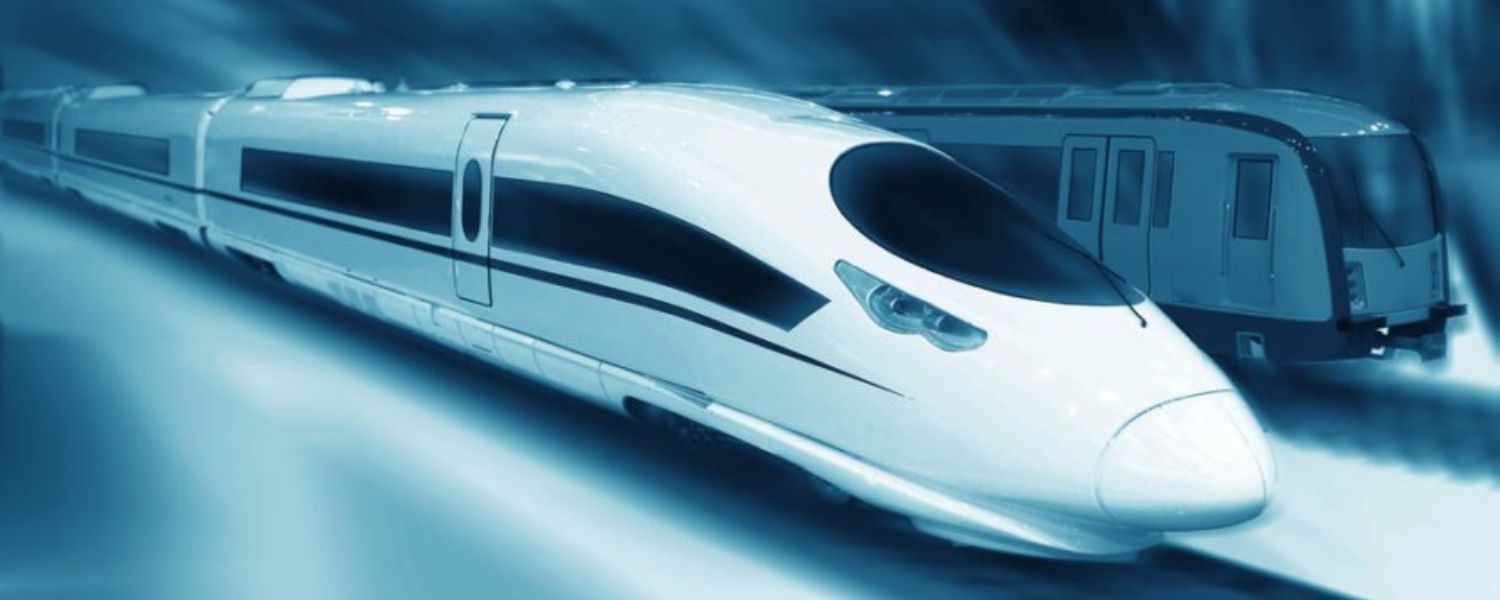
The Kolkata Metro holds the distinction of being India’s first metro system, with its inaugural line opening in 1984.
Over the decades, it has expanded to cover more areas, addressing the growing demand for efficient urban transportation.
Initially, the introduction of the Kolkata underwater metro is a continuation of this legacy, reflecting Kolkata’s commitment to adopting cutting-edge technology to solve its transportation challenges.
This project builds on decades of expertise and innovation in metro rail construction, positioning Kolkata as a leader in urban transit solutions.
Initially, in addition to this development, visitors can enjoy a unique experience by staying in Homestays in Kolkata, which offer an authentic glimpse into the city’s vibrant culture and hospitality.
3. Critical Facts about Hooghly River
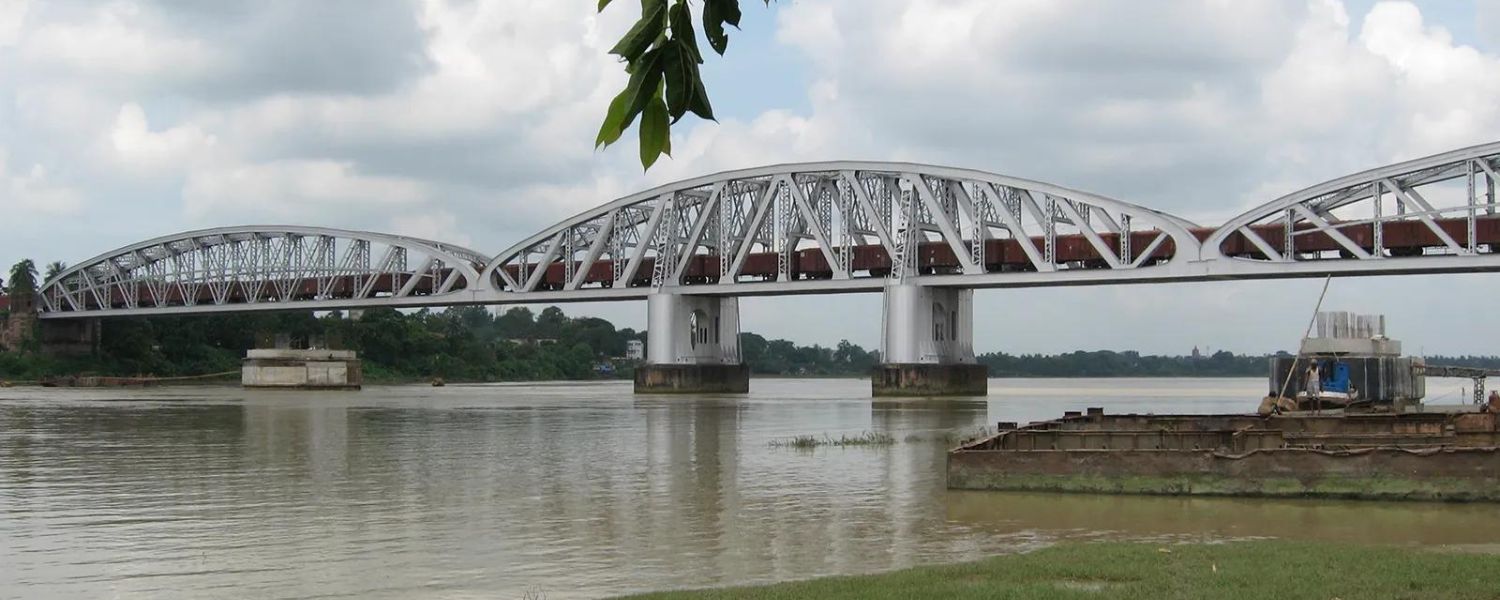
However, the Hooghly River is an essential waterway in West Bengal, critical in the state’s economy and daily life. Stretching over 260 kilometers, it is a distributary of the Ganges River.
Historically, the Hooghly has been a primary conduit for trade and transport, linking Kolkata to other parts of India and the world.
Furthermore, the river’s strategic importance and bustling activity made constructing an underwater metro beneath it a formidable challenge.
Moreover, the successful completion of this project demonstrates the capability of modern engineering to overcome significant natural obstacles.
Meanwhile, the cultural landscape of Kolkata continues to thrive with its vibrant Art Galleries in Kolkata, reflecting the city’s rich artistic heritage and contemporary creativity.
4. What Did the Underwater Metro Cost?
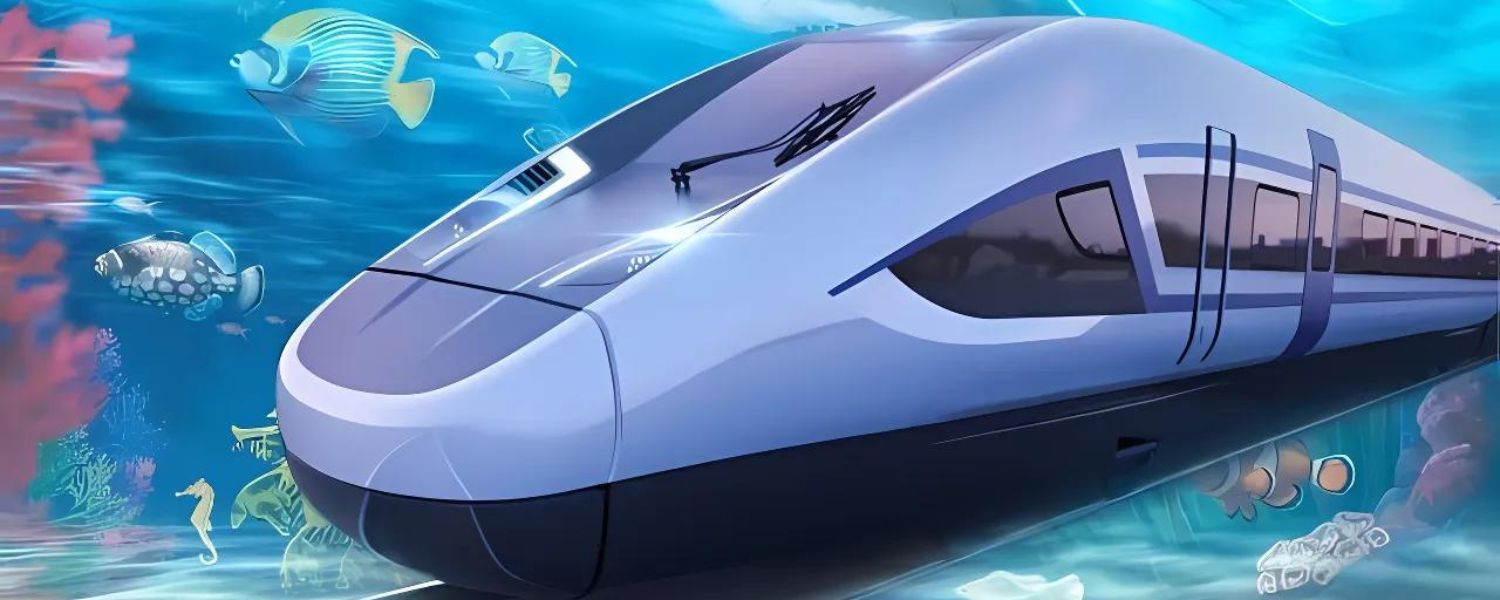
However, the construction of the Kolkata underwater metro came with a hefty price tag, estimated at about ₹4,000 crore (around USD 530 million).
This investment covers the cost of advanced tunneling technology, safety measures, and infrastructure development necessary to ensure the project’s success.
Moreover, the project’s funding was sourced from national and international financial institutions, highlighting the global interest and confidence in India’s infrastructure capabilities.
The substantial investment is justified by the long-term benefits expected to arise from this innovative transit solution.
Furthermore, with the growth of infrastructure like the underwater metro, the appeal of Resorts in Kolkata will likely increase, attracting more tourists and boosting the local economy.
5. Economic Benefits of the Kolkata Underwater Metro
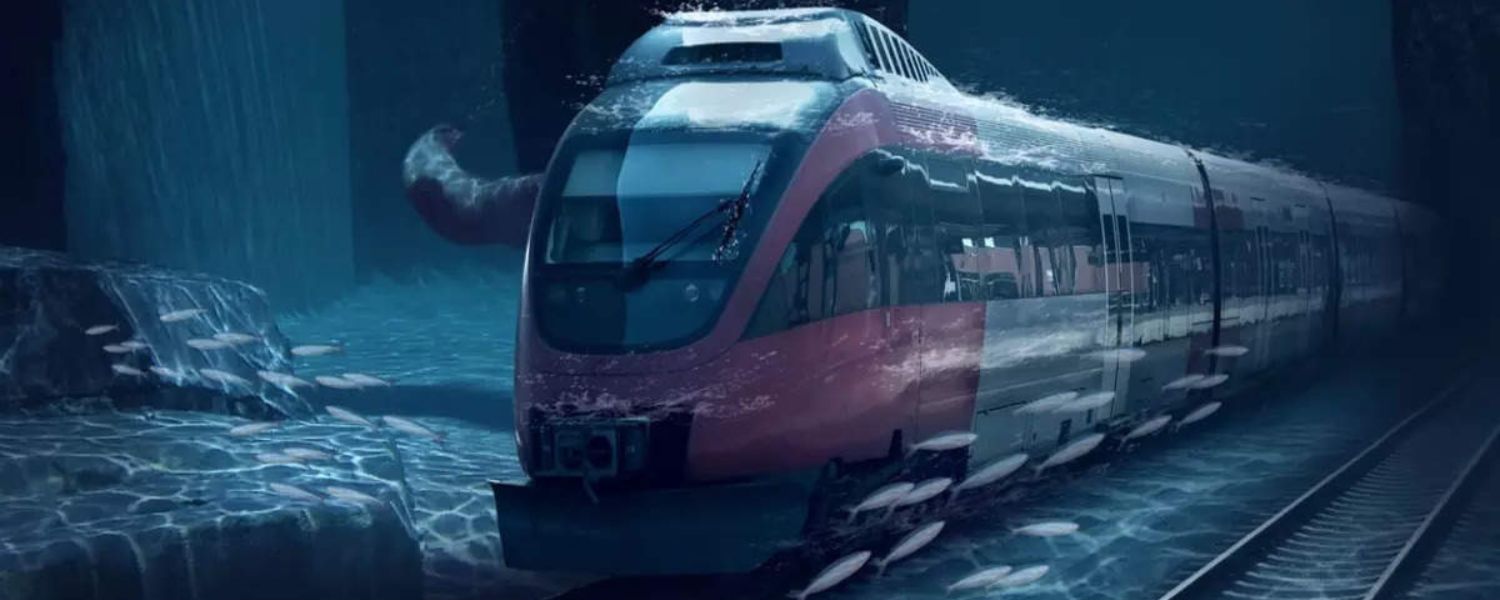
The economic benefits of the Kolkata underwater metro are multifaceted, extending beyond mere transportation.
A. Boost to Local Economies
However, the metro is expected to stimulate local economies by improving access to business districts and commercial areas, thus encouraging investment and job creation.
B. Increased Property Values
Due to improved connectivity and convenience, properties along the Kolkata underwater metro route are likely to see an increase in value.
C. Tourism Growth
Moreover, the unique aspect of the Kolkata underwater metro is expected to attract tourists, further boosting local businesses and tourism-related industries.
D. Traffic Decongestion
By providing a reliable alternative to road travel, the metro will alleviate Kolkata’s notorious traffic congestion, leading to reduced travel times and enhanced productivity.
E. Improved Quality of Life
Initially, enhanced mobility will foster greater social integration by making different parts of the city more accessible, promoting cultural exchange and unity among residents.
F. Safety Features
The metro has advanced safety systems, including flood detection and prevention mechanisms, fire safety measures, and emergency evacuation protocols.
G. Community Programs
Moreover, various community programs were launched to ensure the local population benefited from the project through job opportunities and improved infrastructure.
FAQ
Q. How does the Kolkata underwater metro benefit daily commuters?
A. The Kolkata underwater metro significantly reduces travel time, provides a reliable alternative to road transport, and offers a comfortable and safe commuting experience. It eases traffic congestion, making daily commutes faster and more efficient.
Q. What were the significant challenges in constructing the Kolkata underwater metro?
A. The significant challenges included geological and technical hurdles, ensuring the safety and structural integrity of the underwater tunnel, and coordinating construction activities to minimize disruption to the river and local community.
Conclusion
In conclusion, the Kolkata underwater metro has significantly impacted the real estate market, driving increased demand and property values in surrounding areas while creating new development opportunities.
This transformative project highlights the importance of collaboration between the government and private sector, with government initiatives providing essential support and private sector participation ensuring efficient execution.
Moreover, the metro’s engineering excellence has garnered international recognition, establishing Kolkata as a hub of innovative infrastructure.
As the underwater metro continues to develop, its influence on urban connectivity and economic growth will undoubtedly reshape the city’s landscape for years to come
